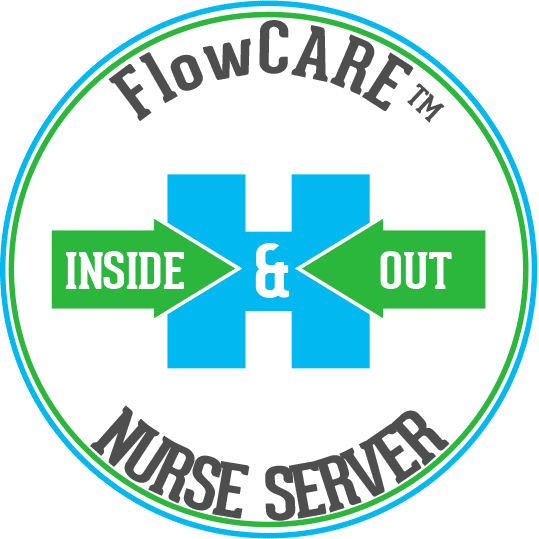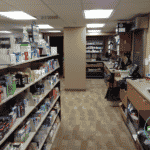Architectural Design For Emergency Rooms
Emergency rooms are a staple for every hospital. If you are a fully functioning hospital facility, you definitely have an emergency room, but oftentimes they are not equipped or designed properly to productively and efficiently handle the volume or diversity of cases it sees on a daily basis.
For years emergency rooms have been designed the exact same way. There was a standard on how to build and run them, even though every hospital and its patients are different. Most times emergency rooms are built in a circular ballroom style, meaning that the nurses and doctors stations are in the center, surrounded by a circle of patient rooms.
As more research is done and more experiments test out different layouts, the design of emergency rooms and emergency medicine has begun to see a shift for the positive. Here are some ways that the ER structure and design are changing.
Make The ER The Focal Point
The heaviest foot traffic in a hospital is in and out of the emergency room. This means that this space should be the main point of contact when coming to the hospital. Not that everyone who enters should check in here, but that it should be very clear where the emergency room is located and have plenty of signage directing patients to this area.
In most traditional hospitals, the ER is located in the back of the facility, making it difficult for patients, especially elderly ones, to locate where to go. The usage of landscaping, sculptures and distinctive lighting can help capture attention and let people know where they should go.
Provide A Comfortable Space
Oftentimes patients are put off from coming to emergency rooms because they can be intimidating and uncomfortable for some. Often times chairs arranged in rows can appear institutional, which could cause patients to be more hyper-focused on their medical and health concerns. This can ultimately cause them to be more stressed.
Providing a space with positive distractions, varied seating options, smaller groupings of furniture and varied textures and ceiling heights to break down the scale of the space can help patients relax and practice positive emotional control in a stressful situation.
Another way to improve the waiting area is to have a clear welcoming area directly inside of the emergency room. This means a desk near the door that makes it easy for patients to understand where they are supposed to go, easing anxiety.
Add Flexibility
It is important that an emergency room can be incredibly flexible because no day is ever exactly the same. This means that the space should never be exactly the same from day-to-day either. Creating an easily adaptable space is crucial to running a smooth ER.
Instead of the traditional circular ballroom design, more and more emergency rooms are adopting a linear design. This is helpful because, during an influx of patients, the staff is able to add beds on to ends without completely changing the ER design. Each room should have a designated provider, nurse and tech assigned to the space and have easy access to the lab and blood-draw carts.
To increase flexibility, each room should be equipped the same in order to handle any kind of patient. Each room should have nurse server cabinets equipped with the same tools, accessories and technology. This means that patients don’t have to wait for certain types of rooms to be freed up and can be treated in any space.
Focus On Efficiency
Efficiency is also incredibly important when designing an emergency room. The more efficient the space, design and staff, the quicker the patient will get from the door to the room. Split-flow triage is an excellent way to make sure that patients are getting treated quickly and properly. This is a way to evaluate patients immediately upon arrival to determine whether they are higher-acuity, which means they will be put into regular treatment rooms, or less serious, in which they will be treated in space-efficient, fast-track environments. Again, this allows for quicker and more efficient treatments. Both areas will be equipped with needed materials stored in nurse server cabinets.
Staff And Patient Participation
In order to be sure that the design is fully functional, getting the opinions of medical personnel and patients is critical to gain key insights that may have been missed. Real time criticism from patients is a great way to modify and optimize health care centers. Staff can let you know which systems, like nurse server cabinets or mobile blood work carts, are useful and which just get in the way.
Designing a brand new era of emergency rooms may be a daunting task, but taking the right precautions and doing the right research makes it much easier to provide a productive and efficient environment for not only the healthcare staff but the patients.






